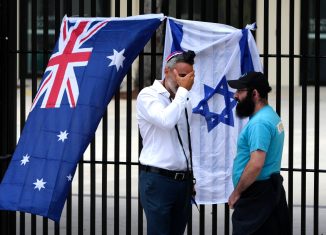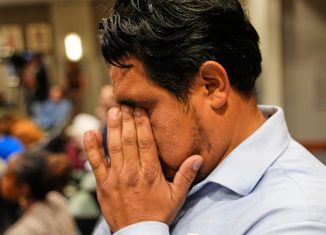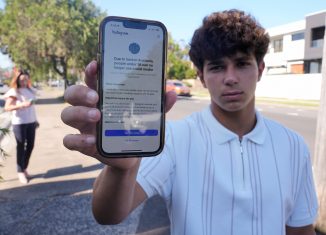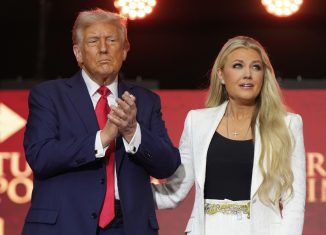New York Terror Investigation
This case reveals the difficulties encountered when two law enforcement agencies are working in tandem on the same investigation, and no one person is in charge of both agencies. Here in NYC, the FBI and the NYPD have a storied and excellent working relationship. However, they still have an inherent rivalry. And that rivalry breeds the urge to beat the other agency to the arrest. And that urge can lead to reckless behavior; which is what happened here.
When the government is on the trail of a conspiracy, the most important decision it needs to make is when to pull the trigger, i.e., when to arrest the conspirators. If the decision is made too soon, the government might lack the evidence required to get a conviction because the conspirators might not have gone far enough in the pursuit of their plot. The law requires more than mere words and more than a mere agreement in order to convict for conspiracy. It requires concrete steps in furtherance of the conspiracy. If the trigger is pulled too late, the results can be equally as disastrous. The conspiracy could be carried out, and innocents harmed because the government waited too long. Or, the conspirators could learn of the proximity of the government and then begin saying exculpatory words and doing exculpatory deeds which would show an effort to withdraw from the conspiracy. Withdrawal from a conspiracy before it reaches fruition is a defense at trial.
In this case, the NYPD did something that the FBI would not have done: It showed a photo of one of the alleged conspirators to one of its undercover sources. This source, the NYC Imam, whose bail hearing is today, and who probably will receive bail, was not an undercover agent pretending to participate in the conspiracy; rather he was serving as a consultant and was paid for giving the FBI and the NYPD background on how these folks communicate with each other. When he saw the photo, and realized for the first time that he knew one of the conspirators, he alerted him. That would be a crime were the Imam in law enforcement; but it is not a crime for a private person to warn someone that the government is closing in. Thus, once the warning was made, and the FBI and the NYPD learned of it, they pulled the trigger. In this case, they did so too soon. They lacked hard evidence of concrete steps in furtherance of the conspiracy. They would have preferred to have waited until the conspirators got closer to their goal before arresting them.
The NYPD just disciplined the inspector who showed the Imam the photo; and the FBI is scrambling to round up the remaining conspirators. That’s why the present charges are low level nonsense—lying to the government (big deal, the government lies to us every day) or being a material witness (a witness to what, a crime the government cannot prove?). This has become a law enforcement nightmare, with more heads in law enforcement to roll.





